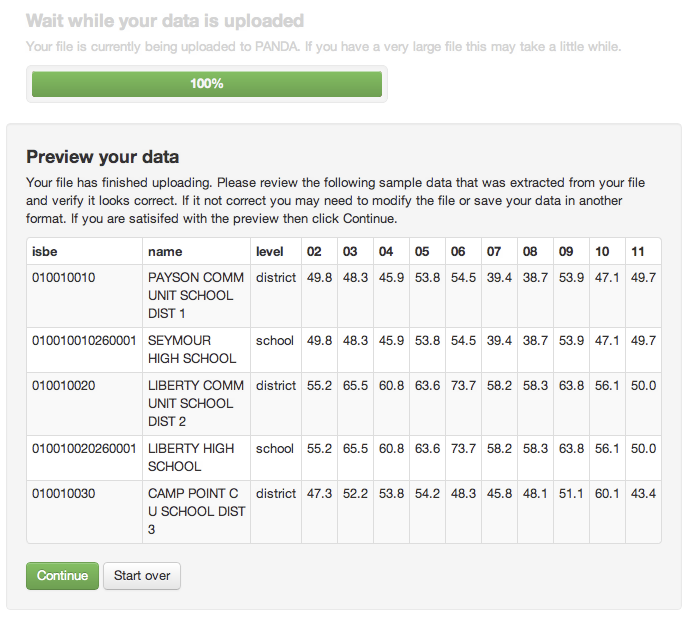
replace ( val, ',', '' ))) #make sure all ints data = data. Choose an appropriate number of bins #png_file = 'a1_4_histpop.png' #print "\n(4) HISTOGRAM OF POPULATION: %s" % png_file import string if data. #B.4) HISTOGRAM OF POPULATION: a1_4_histpop.png: #A histogram of the field “'2011 population estimate Value'”. Model whether a county was ranked based on its population. index ))) #A.3) TOTAL RANKED COUNTIES: The total number of counties without a “1” in the field “County that was not ranked” notRankedCounties = ) if isRanked = 1 ] rankedCounties = ) if isRanked != 1 ] #print "\n(3) TOTAL RANKED COUNTIES:" #print("\t\t\t\t%d "%(len(rankedCounties))) # B.

(see “NOTE” above) print " \n (2) TOTAL COUNTIES IN FILE:" print ( " \t\t\t\t %d " % ( len ( data. read_csv ( file, sep = ',', low_memory = False ) #A.1) COLUMN HEADERS: #print "\n (1) COLUMN HEADERS:" valsColumn = data = data #filter data frame to only county rows (those with countycode != 0) data = data #filter to "value" columns valsColumn = #drop the non-value columns #print valsColumn #A.2) TOTAL COUNTIES IN FILE: The total number of counties in the file. argv print "loading %s " % file data = pd. file = '2015 CHR Analytic Data.csv' if ( len ( sys. Some steps from this setup the data for our hypothesis test so they are kept in this cell. Library for mass-spectrometry based proteomics analysis.#ASSIGNMENT 1 Solution. It thus provides access to a feature-rich, open-source algorithm Library for mass spectrometry based proteomics. The pyOpenMS package contains Python bindings for a large part of the OpenMS

PyOpenMS provides functionality that is commonly used in computational mass spectrometry.

The OpenMS library for computational mass spectrometry and is available for Windows, Linux and OSX. pyOpenMS implements a set of Python bindings to Proteomics and metabolomics data in Python. PyOpenMS is an open-source Python library for mass spectrometry, specifically for the analysis of

Improving Identification and Quantification.


 0 kommentar(er)
0 kommentar(er)
